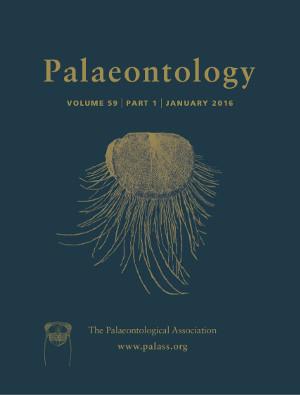Reg. Charity No. 1168330

The Middle Jurassic was a key interval of mammalian evolutionary history that witnessed the diversification of the therian stem group. Great Britain has yielded a significant record of mammalian fossils from this interval, represented by numerous isolated jaws and teeth from the Bathonian of Oxfordshire and the Isle of Skye. This record captures a key period in early cladotherian evolution, with amphitheriids, peramurans and ‘stem zatherians’ displaying intermediate talonid morphologies that document the evolutionary assembly of tribosphenic molars. We present a mandible with near-complete dentition from the late Bathonian (c. 167.4–166.5 Ma) Kilmaluag Formation, near Elgol, Skye, representing the amphitheriid Palaeoxonodon ooliticus, previously known only from isolated teeth. The specimen sheds new light on the taxonomic diversity of British Middle Jurassic stem therians, as the morphological variation within the preserved tooth row encompasses that previously ascribed to three distinct species within two genera: Palaeoxonodon ooliticus, P. freemani and Kennetheridium leesi. Thus, both P. freemani and K. leesi are subjective junior synonyms of P. ooliticus. The dental formula of P. ooliticus (i4:c1:p5:m5) is intermediate between the primitively larger postcanine count (p5:m6–7) of Amphitherium and the reduced number in peramurans and tribosphenidans (p5:m3). Phylogenetic analyses of P. ooliticus generally confirm a close affinity with Amphitherium, but highlight the lack of strong empirical support for hypothesized patterns of divergences among early cladotherians.